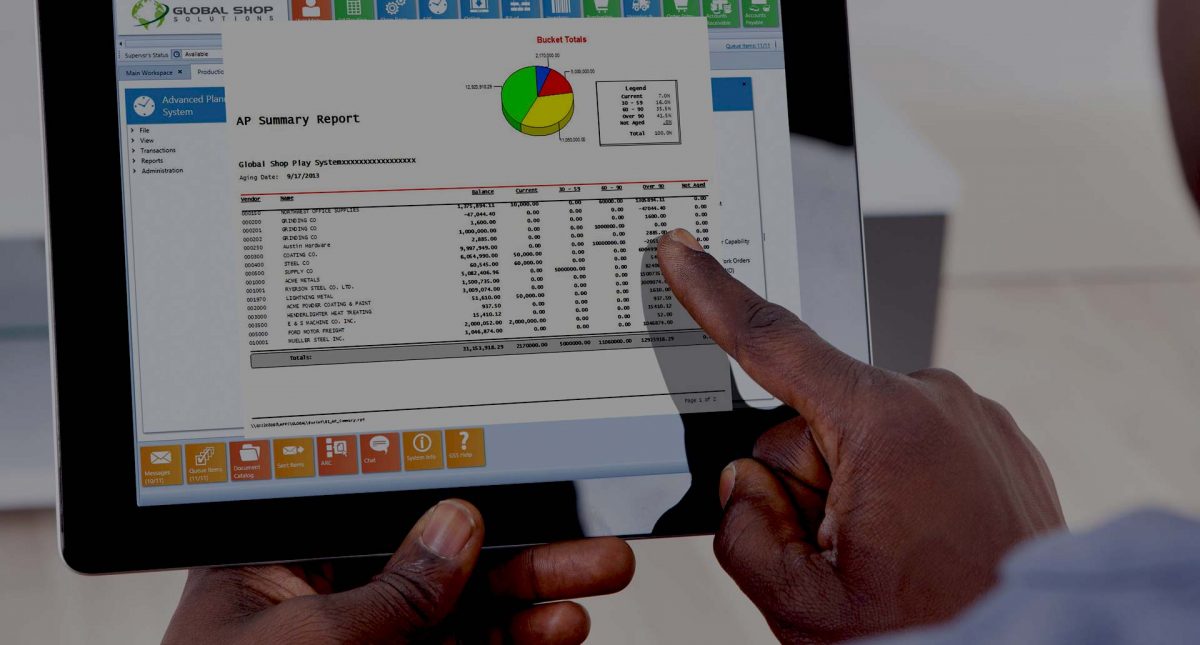Curious about what drives the cost of website design? From functionality to SEO and marketing integrations, learn the essential factors that impact your budget. This guide breaks down everything you need to know for effective website planning.
In today’s digital era, having a professional and attractive website is essential for any business. But when it comes to building or redesigning a website, a major question arises: How much does it cost? The truth is website design costs can vary significantly based on several factors. From the project’s scope to the technology stack and marketing needs, many elements play a pivotal role in determining the final price tag.
Whether you’re an entrepreneur looking to build your first site or a company aiming to revamp an existing platform, understanding several primary factors will help you set realistic expectations and make informed decisions. This comprehensive guide breaks down the various aspects influencing website design costs.
1. The Scope and Complexity of the Website
The primary factor that influences website design cost is the scope and complexity of the project. Websites can vary greatly in functionality and size, directly impacting the cost.
A. Small Business Websites or Blogs
If you’re looking for a simple website with a few pages (like a homepage, about us, contact, and blog), the cost is typically on the lower end. These sites require minimal customisation and functionality, making them less labour-intensive.
B. Corporate or Multi-Page Websites
The costs will be higher for businesses requiring more comprehensive websites, with several pages and different functionalities like contact forms, galleries, and downloadable content. This is due to the increased development time and design customisation.
C. Custom Applications and Interactive Elements
Custom websites with specific applications, interactive elements, or integrations with other software tend to be more expensive. These require advanced programming and design skills, along with extensive testing.
Key takeaway: The more complex and feature-rich your website, the higher the design cost will be.
2. Content Management System (CMS) and Technology Stack
The choice of the Content Management System (CMS) or the technology stack for your website is another crucial factor in determining the cost.
A. WordPress, Wix, and Other Template-Based CMSs
The cost will generally be lower if you opt for a CMS like WordPress, Wix, or Squarespace, which comes with pre-built templates and plugins. Such platforms provide ready-made design elements, and the development process is relatively simple.
B. Custom CMS and Frameworks
If you need more customisation and flexibility, you may require a custom CMS or frameworks like Laravel or Django. While these provide greater control over design and functionality, they also require more time and expertise, which increases the overall cost.
3. Design and User Experience (UX) Needs
The visual appeal of your website and the user experience are paramount to capturing visitor attention and ensuring a smooth journey through the site. How unique and polished you want your website to appear determines the design cost.
A. Custom vs. Template Designs
Opting for a pre-built template is more cost-effective, but the downside is that it may not fully reflect your brand identity. On the other hand, custom designs, while more expensive, allow you to craft a website that stands out and aligns perfectly with your branding.
B. Graphics, Animations, and Multimedia
Incorporating custom graphics, animations, and videos can greatly enhance the user experience but will also drive up the design costs. High-quality multimedia elements require more design and development time.
Key takeaway: Investing in high-quality design and UX elements can lead to higher initial costs but can pay off in terms of improved user engagement and conversions.
4. Responsive and Mobile Design Considerations
With more users browsing websites on mobile devices, having a responsive and mobile-friendly design is crucial. Ensuring your website is compatible with multiple devices and screen sizes is often a key factor among the factors influencing website design costs.
- Mobile-first design: Designing with mobile users in mind from the start.
- Responsive design testing: Ensuring a seamless experience on different devices (desktop, tablet, smartphone).
Websites prioritising mobile-first or responsive design may require additional development, but they offer a better user experience across all platforms.
5. Search Engine Optimization (SEO) Requirements
Search Engine Optimization (SEO) greatly affects how your website ranks on search engines like Google. Proper SEO techniques must be incorporated during the design process to ensure that your site is visually appealing and discoverable.
A. On-Page SEO
This involves keyword optimisation, content structuring, meta-tag development, and image optimisation. If your website is designed with SEO in mind, it will naturally attract more organic traffic, but this also requires careful planning and implementation.
B. Technical SEO
SEO’s technical side includes URL structuring, page speed optimisation, schema markup, and SSL certificates. These elements add to the overall cost but can significantly enhance your website’s search engine performance.
Tip: Ensure that SEO is not an afterthought but an integral part of your website design process.
6. Integrating Marketing Campaigns and Analytics
A website’s effectiveness is often measured by how well it aligns with your marketing strategy. The cost can vary significantly depending on how you integrate your marketing campaigns and analytics.
A. Email Marketing and Social Media Integration
Your website may need to be integrated with email marketing tools, social media feeds, or other marketing platforms. This requires specific plugins or custom coding to ensure a seamless experience.
B. Analytics and Tracking
To measure the success of your website and marketing efforts, it’s essential to integrate tools like Google Analytics, conversion tracking, and heat maps. While setting up analytics is not overly costly, it can add to the overall development time.
7. E-commerce Functionality
The cost will be significantly affected if you plan to sell products or services directly from your website, including e-commerce functionality.
A. Product Catalog and Payment Gateways
Setting up a product catalogue, integrating secure payment gateways, and adding shopping cart features require extensive backend development.
B. Inventory Management and Order Tracking
For businesses that sell a high volume of products, having inventory management and order tracking features are crucial but also add to the website’s complexity and cost.
8. Content Development and Copywriting
Creating high-quality content is just as important as having a well-designed website. If you need professional copywriting or multimedia content development, expect this to add to your website’s cost.
- Written content: From blog posts to service descriptions, professionally written content can enhance user experience and improve SEO.
- Visual content: Custom images, infographics, or videos must be produced to align with your brand.
Clear, engaging, and search engine-optimized content will contribute to your website’s overall effectiveness.
9. Ongoing Maintenance and Support
The cost of a website does not end with its design and development. Regular maintenance, software updates, security patches, and content updates are necessary to ensure the website remains functional and secure.
- Hosting and domain fees are recurring expenses.
- Technical support for resolving issues and making adjustments can be an ongoing need.
Some businesses handle maintenance in-house, while others may prefer to hire a professional to manage this aspect.
Conclusion
Understanding the factors that influence website design costs can help businesses budget effectively and make informed decisions. From the complexity of the site to SEO needs, e-commerce functionality, and content development, several primary factors shape the overall cost. By considering these aspects in advance, you can ensure that your website is aesthetically pleasing, functional, user-friendly, and optimised for your marketing campaigns. Whether you need advanced features or a simple layout, each decision impacts the time and resources needed. It’s crucial to balance quality with cost-efficiency to achieve your business goals. Plan for scalability to accommodate future growth and changes. Invest wisely in the design and development of your website to create a lasting digital presence that effectively serves your business needs.



